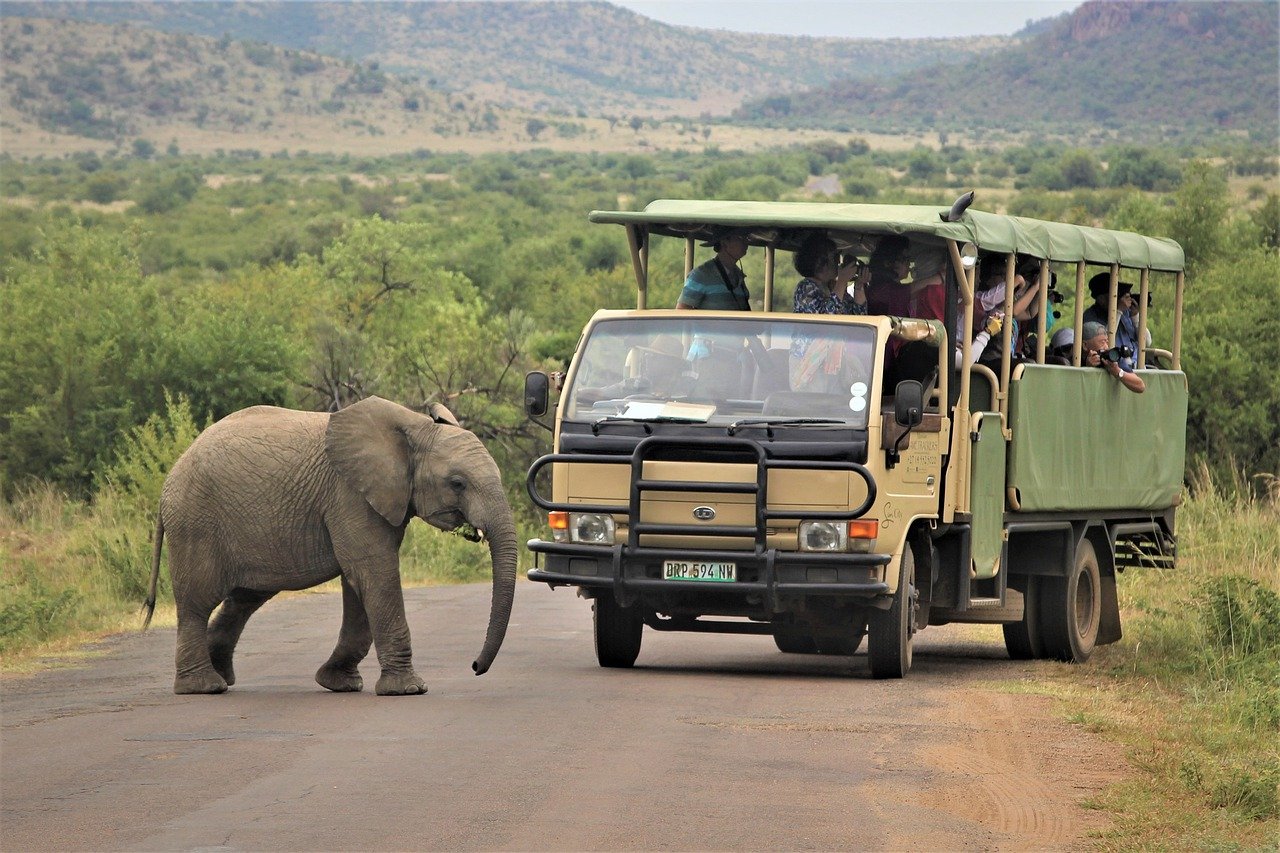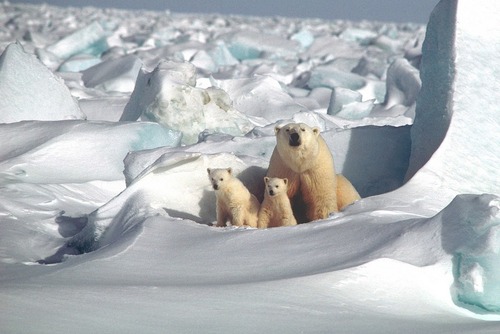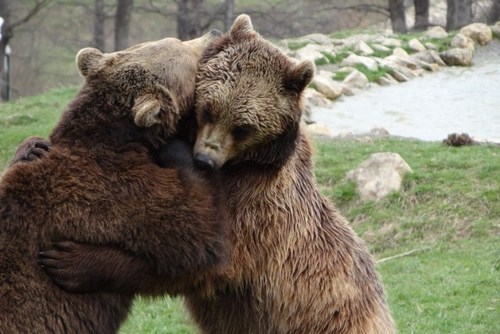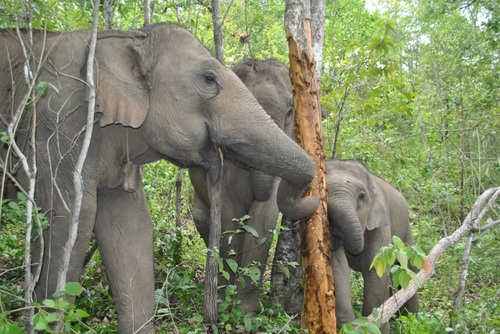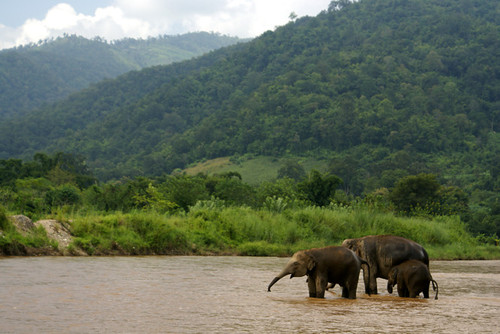There are so many different animal experiences available all around the world and to help make your next overseas adventure even more memorable, we have put together a guide to the best destinations to see animals in their natural habitat.
Adding a trip to see some wildlife can add that extra bit of spice to your vacation and leave you with memories that will never fade.
These are some of the most exciting animals to see in the wild and where is best to see them.
1. Sharks, Whales & Dolphins
Large and impressive ocean creatures such as sharks, whales, and dolphins have long been favorites of the thrill-seeking vacationer. It's not difficult to see why; with the size of these creatures and their fascinating lifestyles, there is a lot to these experiences.
When we think of sharks, we often default to a large Great White; we may have the film franchise Jaws to thank for this. If we want to have this classic experience, they tend to be found in warmer waters such as Florida, South America, and Australia.
It has to be stated, though, that there are many other breeds of shark, some tiny such as the 20cm long Dwarf Lantern Shark, or those that can exist in cold waters, such as the Basking Shark. Whales are impressive because of their size, and whale watching is an activity enjoyed worldwide.
The last of this trio, the Dolphin, is often the most popular, and this may be due to the long history of Dolphins being friendly to humans. We have often heard stories of how dolphins have assisted humans in trouble at sea, and this is perhaps why swimming with Dolphins is such a great activity.
2. Big Cats
Big cats, such as lions, tigers, and leopards, are always fascinating and popular animals. One issue is that human interest in big cats has had a detrimental effect on their populations. Population growth has seen human territories encroach upon traditional hunting and breeding grounds for most big cats. Over the last few hundred years, we have seen an increasingly accelerated decline in numbers.
When we combine this with illegal activities such as poaching and hunting, we can see the need to be careful not to add to this problem. So, to see these glorious creatures and not be part of the problem, we should not engage in any harmful activities. Visiting a sanctuary is a good idea, or even better, volunteer to help animals is also recommended.
3. Gorillas, Chimps & Other Apes/Monkeys
Primates are our closest genetic relatives on this plant, and, as such, we find them a fascination to see. The most prominent parts of the world for primate populations are Asia, South America, and Africa. The choice seems vast; there are over 260 species of monkeys in the world. They are so numerous in certain places and can exist side by side with human populations, to the extent that in some areas, they can become a real nuisance, stealing food and drink from restaurant customers, etc. But we also must be mindful that other species of ape and monkey are under pressure and in danger of extinction.
4. Bears
Bears are hugely impressive creatures and can even be encountered in the wild roaming the USA. If we do meet a bear by chance, it may be an intimidating experience, and the use of a deterrent, such as a bear horn may be necessary to avoid a conflict. But bears exist across much of the world in South America, Asia, Europe, and the Arctic, and different species of bear are remarkably diverse.
Most of the species are black or brown bears, although some of these are quite different to each other, such as the Sloth Bear. The Panda is another curious example of an animal that has evolved to exist in a very particular environment and has struggled to survive as their only food source, bamboo, has become threatened.
Polar bears are another example of a different bear, existing in the arctic and surviving in freezing conditions; these bears see their numbers diminish due to the melting ice caps. Polar bears can be seen in their natural habitat on arctic cruises if you are lucky enough to pass by them. Bears of all kinds can be seen in conservation areas and in zoos, but much needs to be done to encourage repopulation in the wild.
5. Turtles
Coral reefs rank among some of the most biologically diverse habitats in all of nature. This diversity of these reefs can be exemplified by the fact that one-quarter of all marine is thought to call these reefs home. We can experience these locations by diving tours, providing a second-to-none experience of getting up close to a wonderful array of colorful and vibrant marine life like sea turtles.
You can see turtles all around the world in places like the Maldives, Philippines, Thailand, Malaysia and Australia. It is important to note that human pollution is the greatest threat to the reef environment, so if you choose to visit, be mindful of not behaving in a manner that further pollutes the area.
6. Giant Tortoises
We've reserved the Galapagos Islands for special mention as it's a relatively unusual and diverse habitat. It also has the importance of being visited by Charles Darwin, and observations of animals that had been isolated from the rest of the animal kingdom assisted in his creation of the theory of evolution. The islands are small volcanic outcrops that are part of Ecuador, although they lie over 900km from the mainland. Species found here include giant tortoises, lava lizards, and land iguanas. Around the coast there are also many penguins, seals, sea lions, whales, sharks, and turtles.
7. Elephants
Elephants are some of the most intelligent creatures in the world and seeing these huge animals up close is a magical experience. Going on safari in Africa or visiting an elephant sanctuary in Asia is the best options for seeing them in their natural habitat.
Of courses these are only a few animal special available to see around the world. Go discover your next destination and see some amazing animals up close for yourself, not much compares to this.

